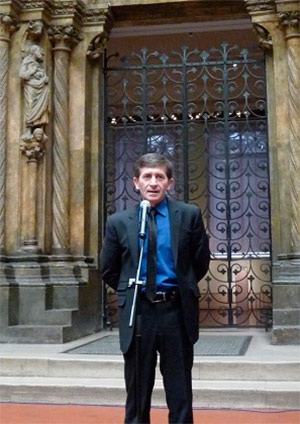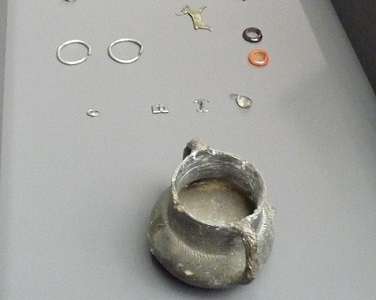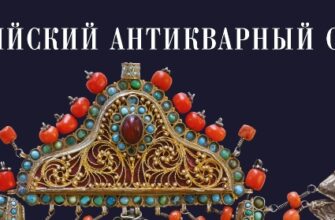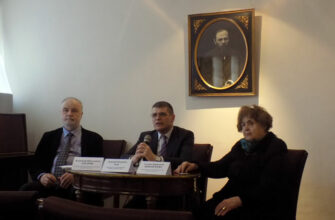On November 24, 2016 in the Italian yard in Museum named after A. S. Pushkin solemn transfer held of works of art founded in the Zaragizhsky necropolis in Kabardino-Balkarian Republic. Collection of unique antiques will launch the museum’s collection of works of art of the North Caucasus and it is planned their permanent exhibition within the museum’s reconstruction, which can be seen in about a year.
In the collection of the Museum named after A. S. Pushkin is transferred more than 1 700 items of polychrome style I half III c. – VI c. founded during excavations of the necropolis, and about 3 000 exhibits were transferred by the Institute of Archaeology of the Caucasus in the local museum of Kabardino-Balkaria.
Polychrome style – a special style in the arts and crafts of Eurasian nomads in Hun-Sarmatian era, in which gold and silver jewelry were complemented by inserts of colored stones. This style was most common in the IV-V centuries, but by the VII-VIII centuries gradually disappeared.

In Zaragizhsky necropolis – estimated to archaeologists, one of the largest in the world – 453 complex were investigated (7 beneath barrows and 397 of the catacombs without land features, 21 under soil layers and 8 burials), and the excavations are not completed on that. During the research domestic utensils were discovered, including pottery and even glass vessels, weapons, jewelry, inlaid with semiprecious stones. Prior to the transfer restorers carried colossal work with the findings, from photographs that were shown at the event, it is clear that some of the works of art had to recreate literally bit by bit.
These findings are of immense cultural, scientific and historical value. As said Biyaslan Atabiev – Director of the Institute of Archaeology of the Caucasus: “Zaragizhsky necropolis, which is part of Urvan burial mound, is an evidence of the occurrence and development of the third center of the world civilization, which is on the territory of the Russian Federation. We got a unique material, which will allow to follow the evolution of the funeral rite, the evolution of the change of generations within the same clan, the evolution of a possible change of one population to another. Most importantly, by the example of this necropolis, we have seen that the notion that the Huns in its movement with fire and sword destroyed all and after them were only conflagrations, it is a profound mistake. There’s no sterile layers, population has not left these places, it remains there. And those collections that we passed, they are proof of this”.
Source: ArtsMuseum





